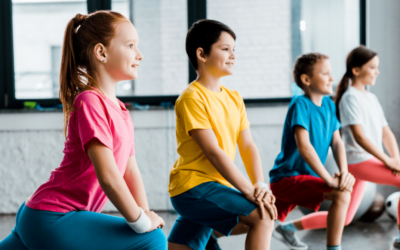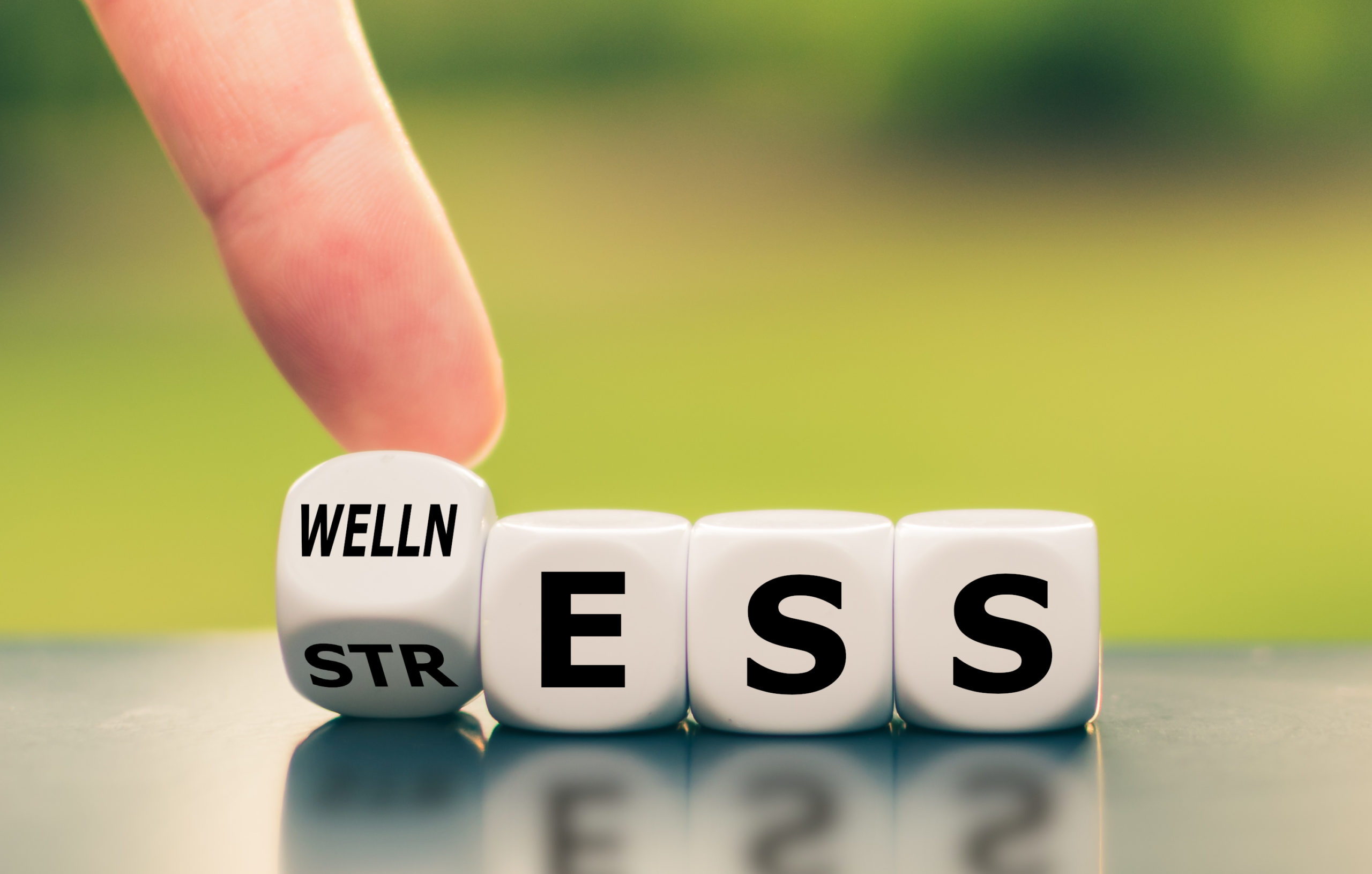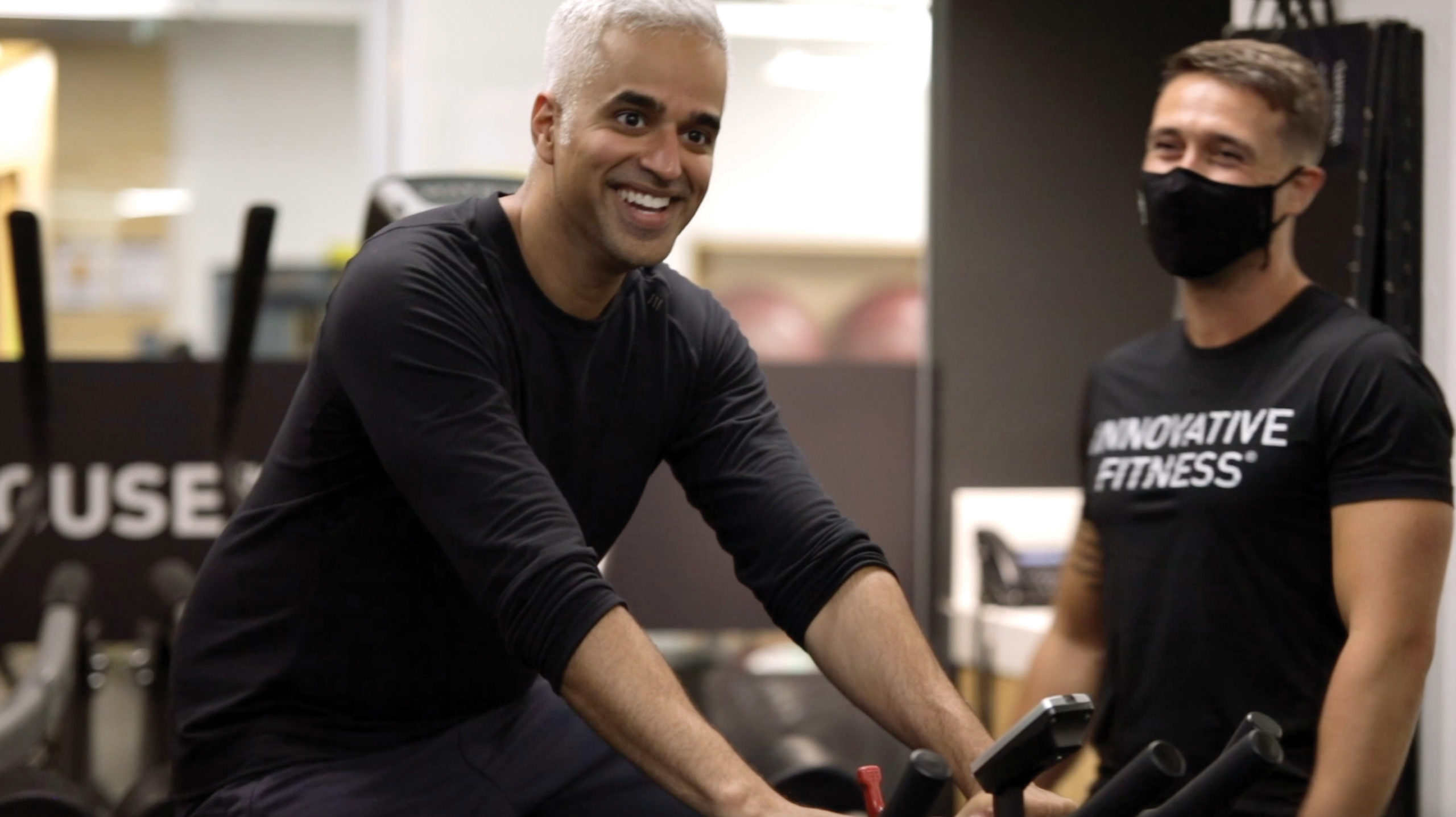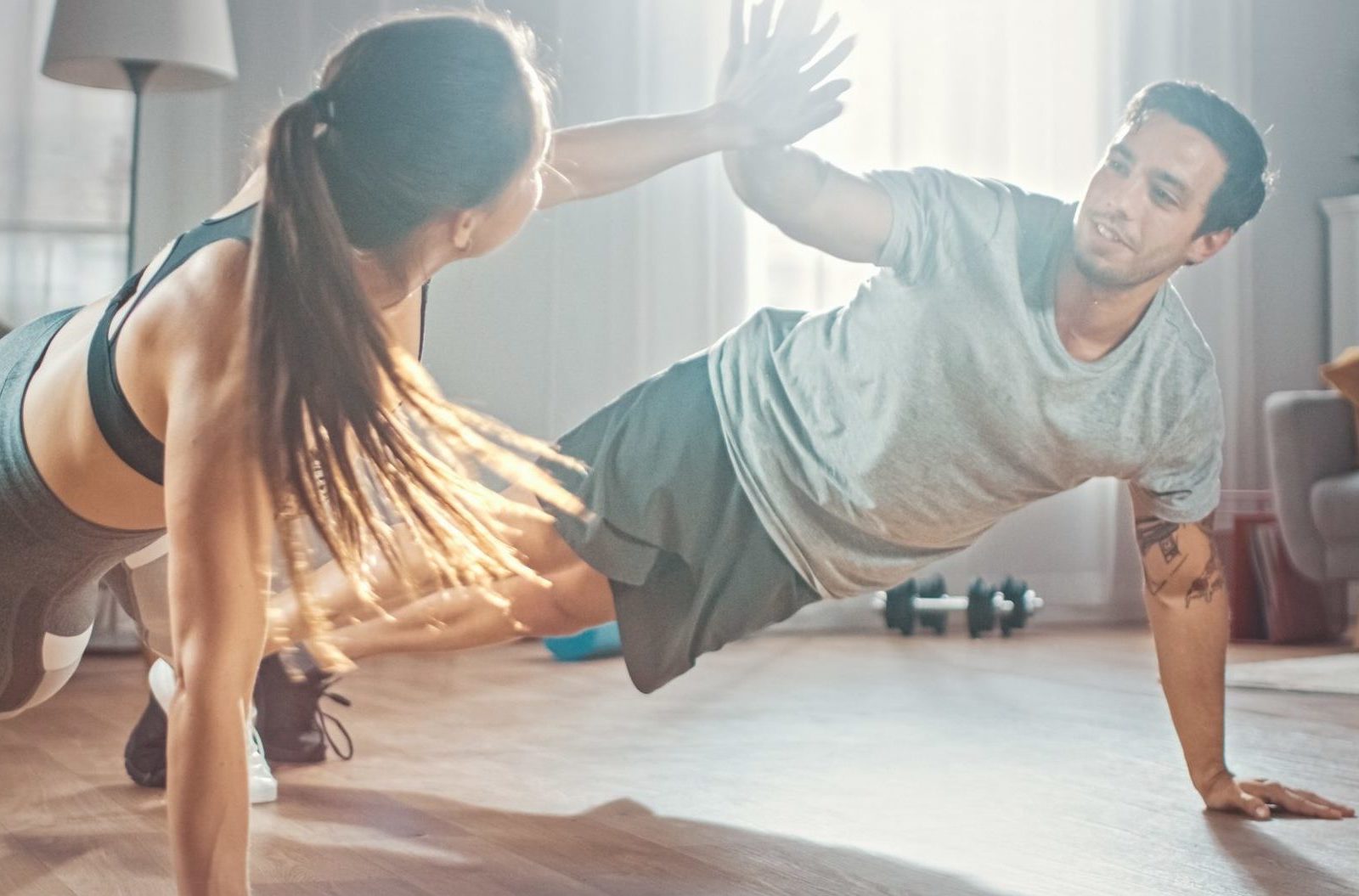Neck pain is one of the most common complaints found in healthcare clinics today. Complaints range from stiffness, aching, tightness, and even headaches. Injuries can range from acute strain/sprain to advanced cervical dysfunction. With people being more and more active these days, injuring ourselves at the gym is the last thing we want to do. Here are a few things to consider while at the gym to reduce the likelihood of neck injury.
How it Happens:
The majority of neck injuries from the gym occur because of poor muscle recruitment, lifting too much weight, and/or a combination of both.
Often with pulling and pushing exercises, we over-activate the lower neck muscles and trapezius muscles. This is because it is natural for us to raise our shoulders when we’re under stress and strain. This causes the trapezius muscle group to over-exert itself, stiffen, or cramp up. This muscle is very strong in most people and runs from the mid back to the shoulders, and up to the base of the head. When it becomes strained and spastic, it will refer pain and discomfort up into the neck.
What This Means:
If we are lifting weight that is too heavy for us at any given time, then it becomes a natural process to recruit that muscle group. On the flip side, if we have poor muscle-recruitment issues and we are doing a pushing or pulling exercise, then it is highly likely that we will create a pulling action with our trapezius. This runs the risk of spasm or cramping. Another example of this is seen in static postures like planking or leg lifts for abdominal work.
Under those stress situations, it’s natural to tense the neck and mid-back muscles they should actually be kept relaxed, under minimal stress.
Our neck muscles don’t help us lift our legs off the ground to work our abdomen.
The Take-Home Message:
Always attempt to avoid activating the trapezius muscles during pushing and pulling activities at the gym. Also, always make an effort to relax the head and neck during static muscle activation activities like planks.
A Final Note
When completing your workout, it’s always a good idea to take 5-7 minutes and stretch out the trapezius and neck muscles.
A good routine to keep in mind is to always hold a stretch for about 45 seconds. Apply enough tension to the muscle tissue to feel a nice, comfortable pull. These stretches should always be done on both sides and repeated a couple of times on each side. A couple examples of good stretches for the neck and trapezius are neck flexion (also called chin to chest) and side-tilts. The former involves flexing your neck towards the chest and using your hands to apply gentle pressure until you feel the pull in the back of the neck. The latter is performed by tilting your head to the side (ear to shoulder). Then, apply gentle pressure with your hand until you feel a pull in the neck and trapezius on the opposite side.
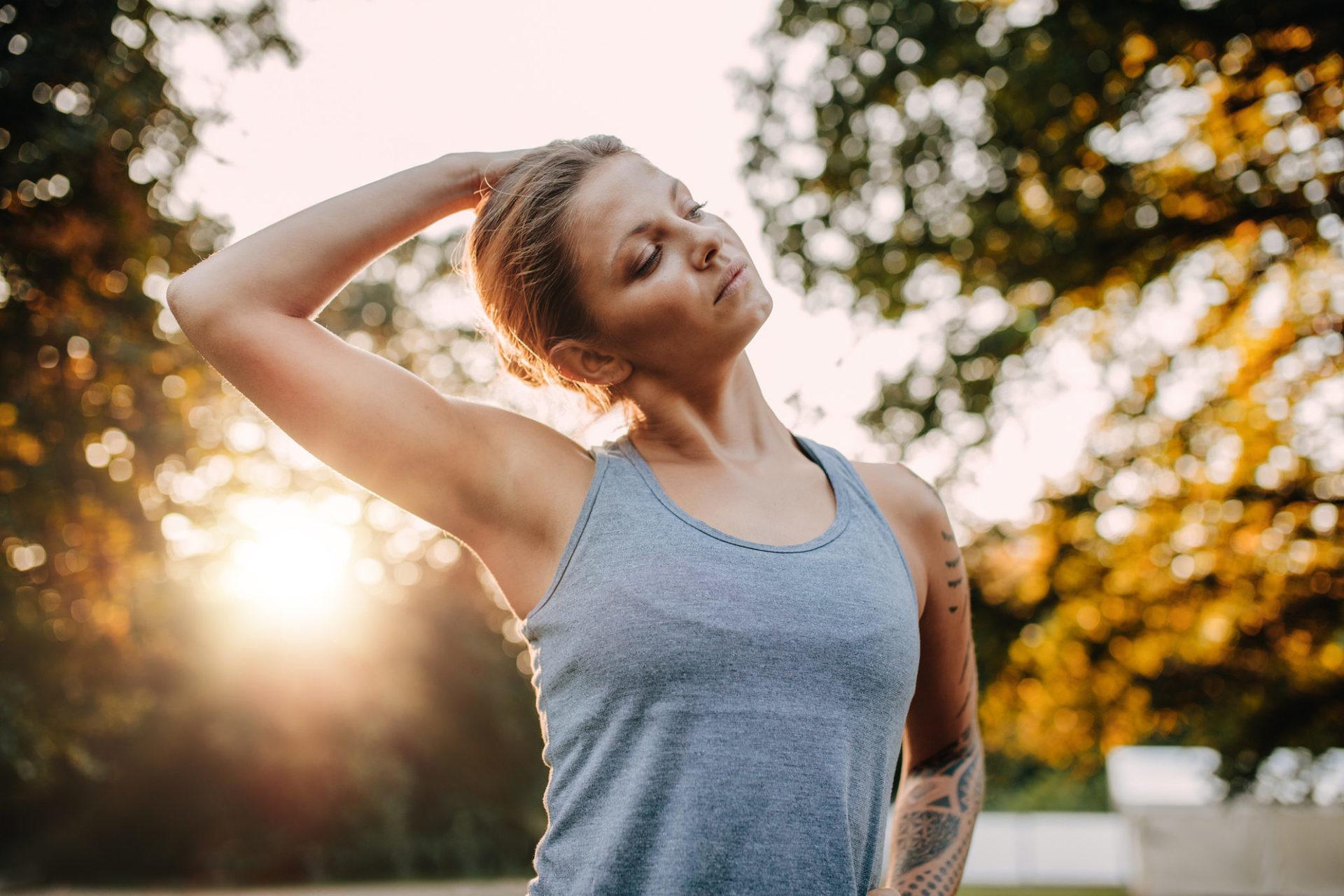
We should always incorporate time in our workout to stretch and release muscle tissue to avoid injuries do to lack of muscle flexibility. Ask your trainer for appropriate routines to use after your workout.
—
Dr. Todd Marshall DC, ICSSP, FRCSS(C)
Fellow Royal College of Chiropractic Sports Sciences Canada
Internationally Certified Chiropractic Sports Practitioner
RCCSS(C) Residency Committee Chair
Director of Medical Services BC Summer Games 2016
Follow IF on Instagram.


